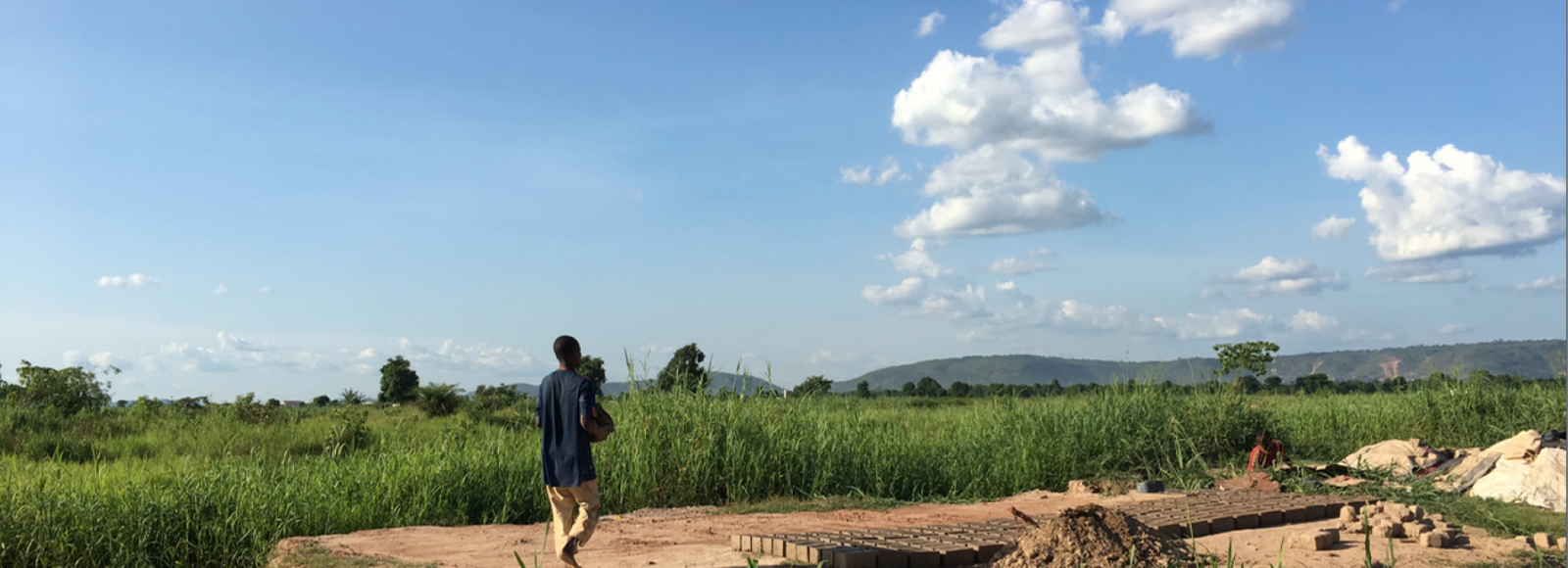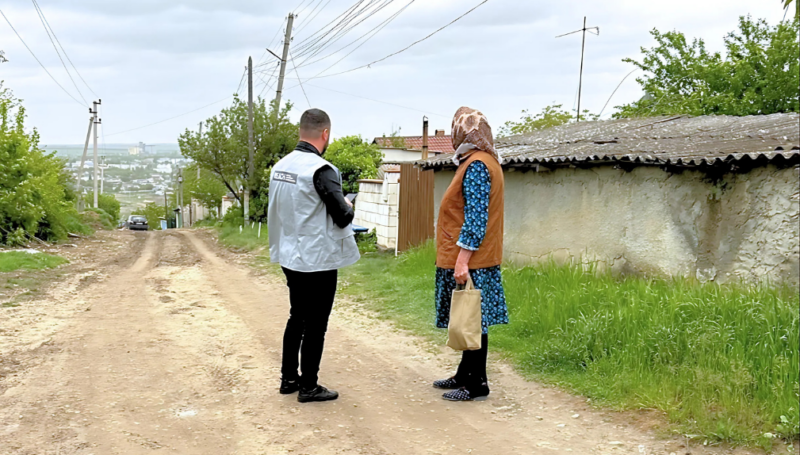Since 2013, a major crisis has shaken the Central African Republic, including its capital Bangui, with the onset of armed conflict, population displacement and inter-communal tensions. Combined with pre-existing vulnerabilities, this crisis has generated massive needs among the affected populations, relating to poverty and food insecurity, the widespread destruction of infrastructure and the extremely limited access to basic services. More than 900,000 people have been displaced internally or to neighbouring states. As of October 2016, 2.2 million people – almost half of the Central African population – were dependent on humanitarian aid and 18% of the population, about 385,000, was internally displaced.
With increased stability in Bangui, many IDPs are starting to return to their areas of origin within the city of Bangui, requiring reintegration and access to basic services and housing within Bangui. The municipality of Bangui has faced challenges in terms of resources and means to address and fully meet the needs of the population, and international humanitarian and development actors support the daily provision of certain basic services in the city’s neighbourhoods. Within this framework, it is essential to establish strong synergies and partnerships between international and local actors, to enable sustainability of international aid and support the ownership and resources of local authorities and service providers.
In order to better understand the needs of the communities affected by the crisis and facilitate the return of displaced populations to their areas of origin, AGORA, IMPACT and ACTED newly launched initiative, facilitated an area-based assessment and coordination in the city of Bangui. In a first phase, AGORA conducted a multisectorial area-based assessment in the city of Bangui, focusing on the neighbourhoods of Fondo, Gbaya Ndombia I and II, Bloc Sara (Banga Sara I and II, as well as Poto Poto Souma) and Cité Boeing. Data was collected between 2 and 23 March 2017, through 146 interviews with local actors (52), representatives of displaced persons (13), and service providers (81), as well as through discussion groups with 32 groups of men and women, both displaced and returnees. This assessment identify the shelter, WASH and security as the top priorities for affected populations and as key conditions for return.
AGORA then facilitated Round tables with local and international stakeholders to develop neighbourhood-level response plans, with joint priorities and response actions. The response plans allow for a shared understanding among local and international actors of the needs of affected populations as well as of response capacities of local and international actors at the neighbourhood level.
AGORA worked closely with the Mayor of Bangui and OCHA to then establish a city-level coordination body, which is inclusive of local and international actors and of all sectors, to facilitate an operational coordination of all relevant actors working on the returns in Bangui. Chaired by the Mayor of Bangui, this coordination mechanism is currently enabling a more integrated and sustainable response in the city of Bangui, including through neighbourhood-level coordination bodies for the areas witnessing the biggest return.
This pilot area-based approach is part of a global AGORA program, funded by EU Humanitarian Aid, and aiming to test field-level practices to area-based coordination and response in urban contexts.
Read more in the AGORA Bangui Humanitarian Response Plan.









